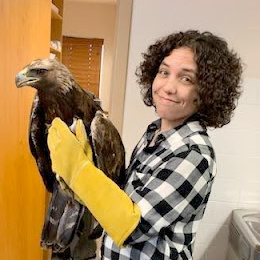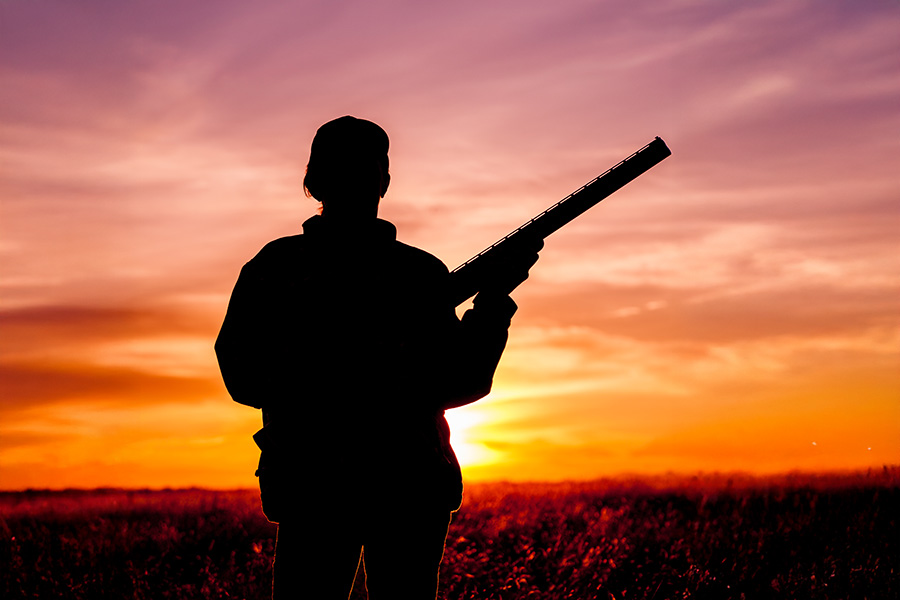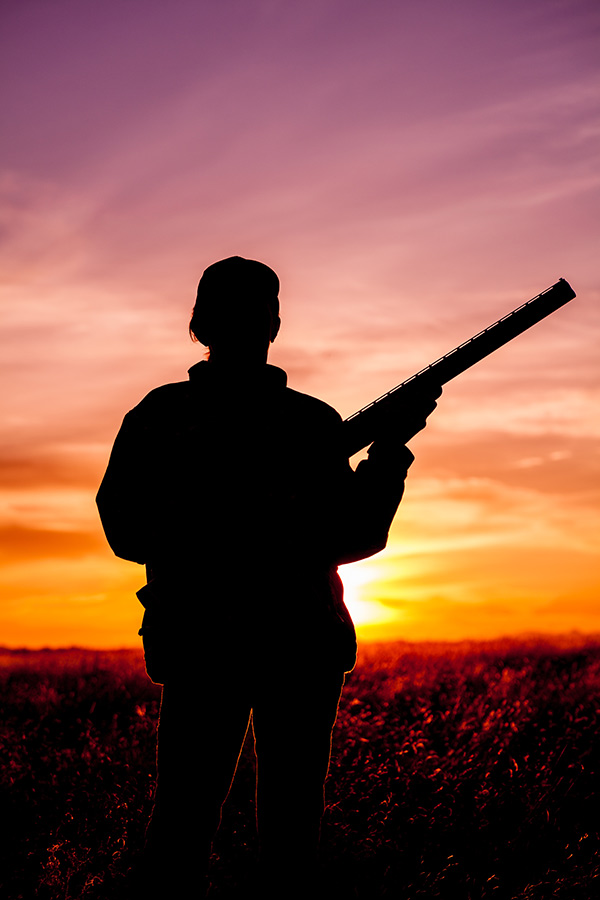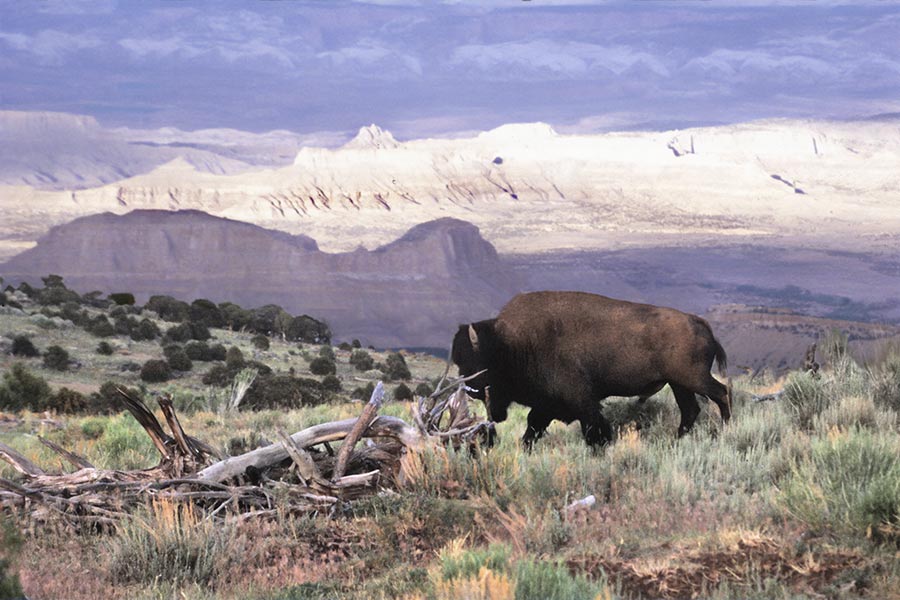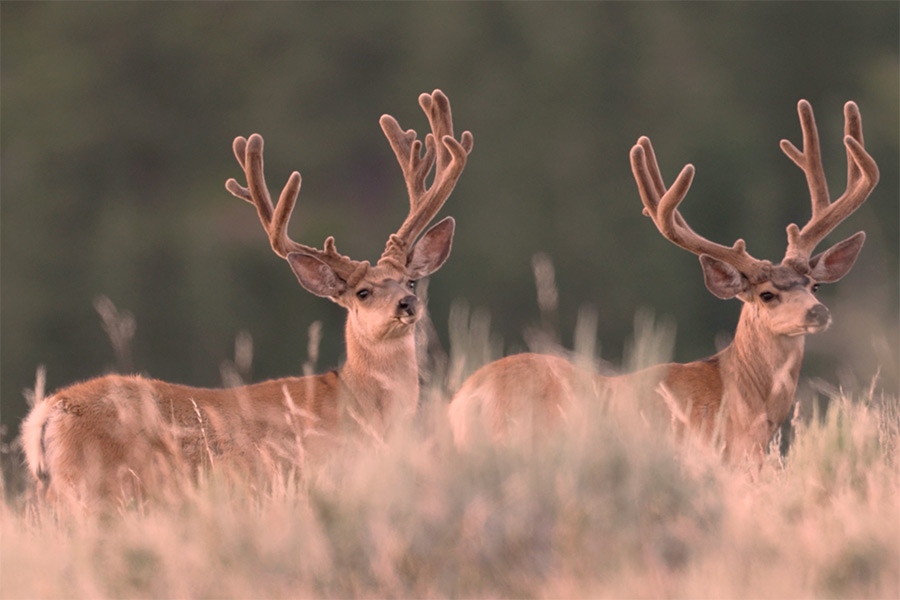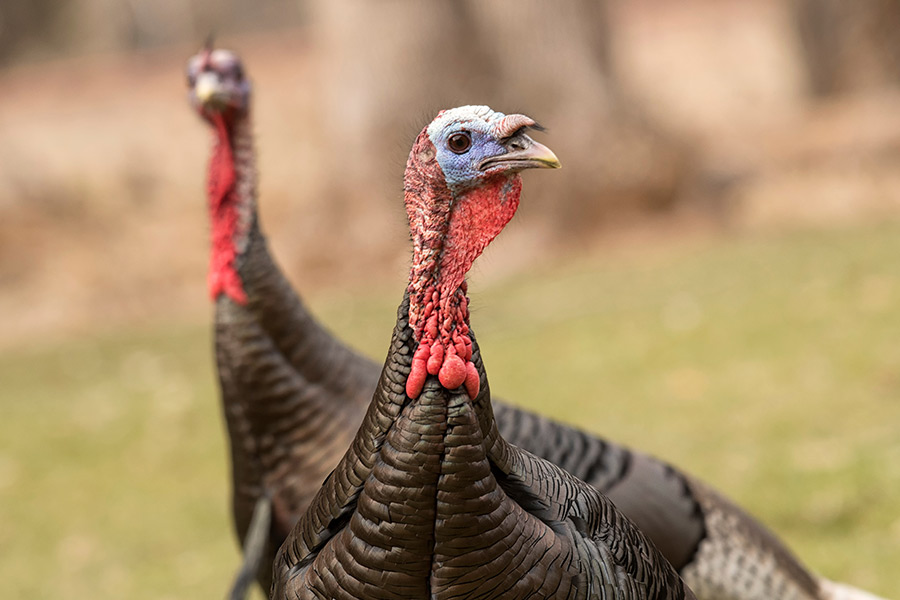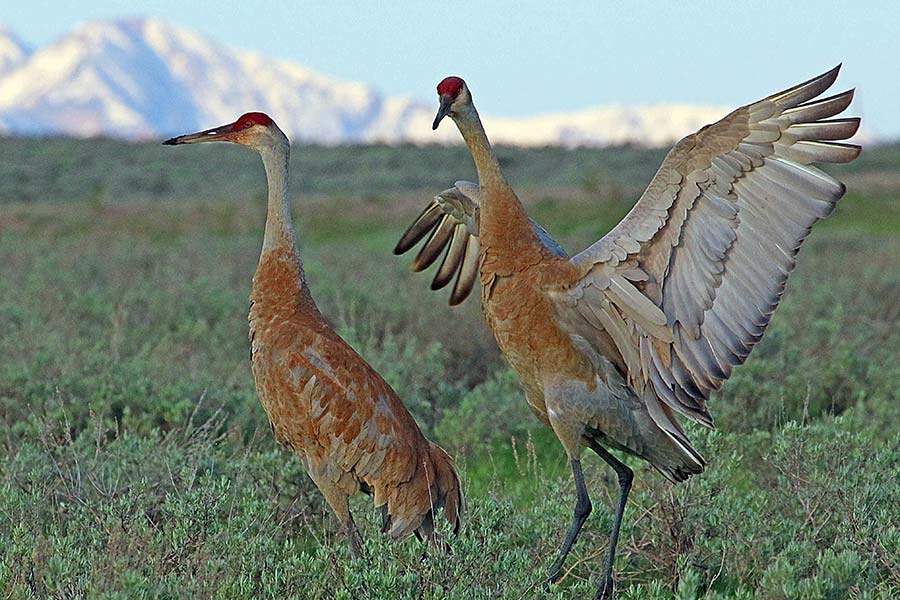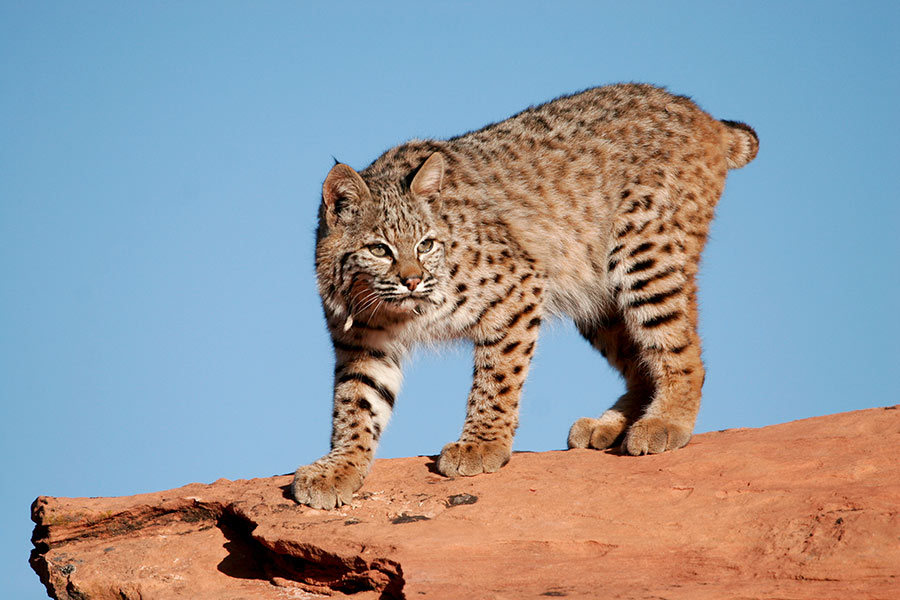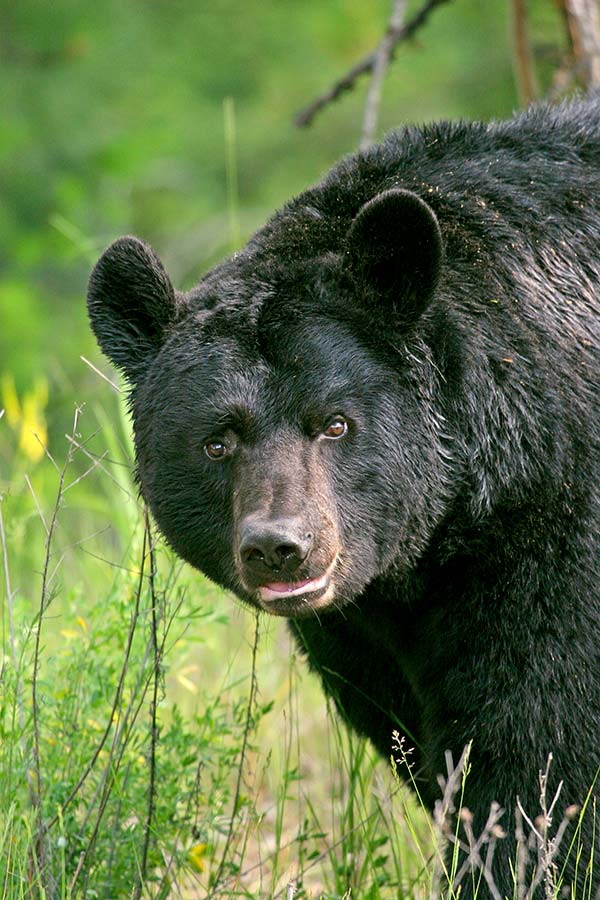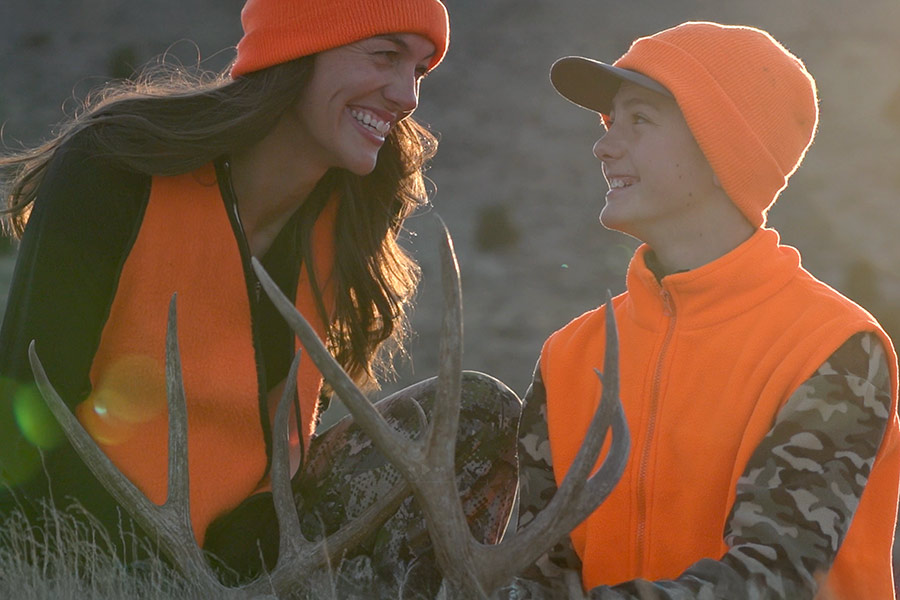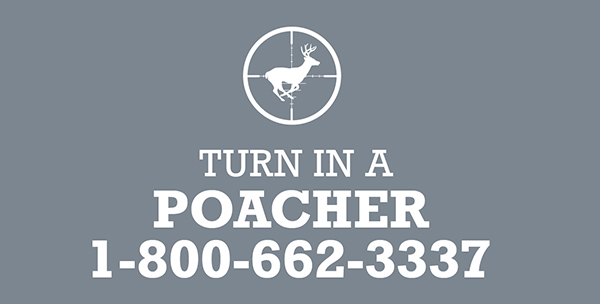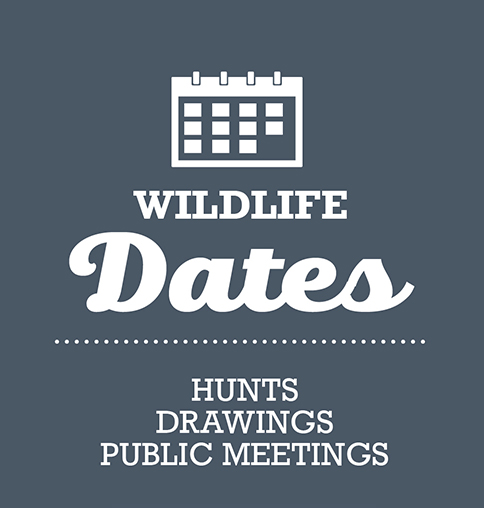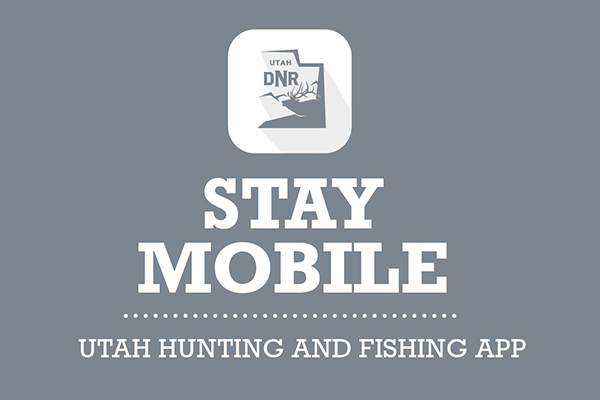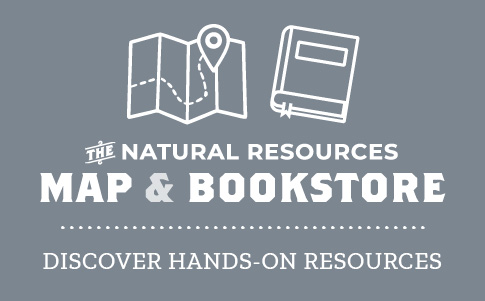Hunting opportunities outside of the big game permit drawing
While big game drawing permits are popular, they are not the only hunting opportunities that Utah has to offer
Lynnsie Allred
Wildlife Licensing Specialist
If you didn't apply for or draw a permit during the big game permit drawing this year, no need to worry. There are many hunting opportunities still available to hunters who didn't obtain a big game permit in the drawing. In fact, a good chunk of hunting permits available in Utah can be purchased online, at any DWR office or at stores that sell hunting licenses. (These are often called "over-the-counter" permits.)
With all of the hunting opportunities in Utah, it can be a bit overwhelming for a beginner or newer hunter to sift through all of the information the DWR has available. This blog post outlines the many different hunts that are available in Utah beyond the big game permit drawing and how you can prepare for them.
All of these hunts require that you have completed hunter education beforehand and obtain a valid hunting or combination (hunting and fishing) license. Some hunts require additional permits or education courses. Keep in mind that hunter education courses tend to fill up quickly and you may have to wait weeks before a course opens up. Make sure to plan ahead if you still need to complete hunter education.
Big game hunting opportunities
General-season elk permits
General-season elk hunts are an excellent way to get a beginner or newer hunter out in the field for an opportunity to hunt big game. The permits are easy to purchase over-the-counter, and there is a wider range of areas (units) accessible to hunters than with limited-entry permits (which limit hunters to one specific unit).
- Important: Make sure to check the Utah Hunt Planner to see the general-season hunt boundaries.
- On sale annually in July. See the current Big Game Application Guidebook for exact dates.
Nine Mile bison permit
The Nine Mile bison hunt is considered extremely difficult and is located in very rugged, remote terrain with a low success rate. Most of this unit is roadless and does not have vehicle access, so be prepared to travel 10-20 miles per day on foot or horseback. We highly recommend that you have help with this hunt.
Large portions of the unit require additional access permits from the Natural History Museum of Utah or the Bureau of Land Management. Keep in mind, there are limited quantities of these access permits and they tend to sell out quickly.
The Nine Mile bison permit has an orientation course that must be completed before purchasing the permit. (Make sure you complete the Nine Mile bison course; the cow bison orientation course will not fulfill these requirements.)
Once you purchase the Nine Mile bison permit, you will no longer be able to apply for bison permits in the big game or sportsman permit drawings. However, you may buy a Nine Mile bison permit each year it’s available (it is not guaranteed that this permit will be available each year).
- On sale annually in early July. See the current Big Game Application Guidebook for exact dates.
CWMU vouchers
Cooperative Wildlife Management Units are privately owned properties where landowners have an agreement with the DWR to allow a limited number of people to hunt their land.
To get a CWMU permit:
- First, obtain a CWMU voucher from an approved CWMU operator.
- Second, redeem your CWMU voucher by taking it into a DWR office or redeeming the voucher code online. (If you choose to redeem the voucher at a store that sells licenses, you will have to apply the code to your account first. Once you have done so, you will be able to complete the transaction at the store.)
You must contact the CWMU operator for voucher availability, purchase details, access and hunt dates (which are all determined by the CWMU operator). The DWR does not have this information.
Sportsman permit drawing
Only one sportsman permit per species is awarded each year. The permits offer long season dates and the ability to hunt almost every Utah hunting unit. You must be a Utah resident to apply, and may apply for as many or few species as you wish.
The species you can apply for in this permit drawing are:
- Buck deer
- Buck pronghorn
- Bull elk
- Bull moose
- Desert bighorn sheep
- Rocky Mountain bighorn sheep
- Bison
- Mountain goat
- Black bear
- Wild turkey (2-bird permit)
Open annually in early November for hunts occurring the next year.
Antlerless big game permit drawing
This permit drawing is quite similar to the big game permit drawing that occurs in April, except it is for female big game animals (antlerless big game). Antlerless hunting is the primary tool DWR biologists use to control the size of big game herds in specific areas. Some of the units will be different from the ones in the first big game permit drawing, make sure to plan accordingly.
- Early June each year. See the current Big Game Application Guidebook for exact dates.
Upland game and turkey
Upland game
Pheasants, grouse, rabbits and quail are all upland game species. Upland game hunts are a great opportunity for beginner or newer hunters to get in the field and hone their skills, and most upland hunts only require that you have a valid hunting license.
You will need an additional permit to hunt greater sage-grouse, sharp-tailed grouse and white-tailed ptarmigan. While these permits are free, there is a nonrefundable application or handling fee. Make sure to check the current Utah Upland Game and Turkey Guidebook for important information about field requirements, season dates, and bag and possession limits.
Turkey
There are two seasons for turkey hunting.
The fall turkey management harvest usually begins around October and goes until February of the following year. The purpose of the fall turkey hunt is to help to decrease nuisance turkey and depredation issues that result in damage to private property. Because of this, these hunts occur primarily on private land.
There is also a spring limited-entry turkey permit drawing that occurs in December each year. Keep in mind that the season dates for this hunt are for spring the following year.
The spring general-season turkey hunt occurs each May.
- Permits for this hunt are statewide and over-the-counter.
- See the current Utah Upland Game and Turkey Guidebook for exact dates.
Waterfowl and other migratory game birds
Waterfowl and migratory game birds include animals such as ducks, geese, snipe, coots, tundra swan and sandhill crane. For the majority of the waterfowl and other migratory game bird hunts you will only need to have a valid hunting license, duck stamp and HIP number.
- A federal migratory bird hunting and conservation stamp (commonly called a duck stamp) is required for anyone over the age of 16.
- Before you go into the field, also remember that you'll need to obtain a free Migratory Bird Harvest Information Program number. Hunters need to register for a HIP number regardless of age.
If you want to hunt tundra swan or sandhill crane, there is an additional permit required that can only be obtained through a permit drawing, which occurs in early July of each year (see the current Waterfowl and Migratory Game Birds Guidebook for application and season dates).
There are some additional requirements for tundra swan hunters:
- You must complete a swan education course each year before you apply for the permit.
- If you harvest any swan, you are required to bring it to a DWR office for a harvest report within 72 hours. (Penalties may apply if you take a trumpeter swan.)
Most of the waterfowl hunts begin around early October; check the current Waterfowl and Migratory Game Bird Guidebook for exact dates.
Furbearer
Furbearer species include animals such as bobcats, marten, beavers, mink and badgers, which are often taken by trapping.
There are a few extra requirements you must complete before purchasing a furbearer permit. See the Utah Furbearer Guidebook for details about these and other rules and requirements.
- Furharvester education must be completed before purchasing a furbearer license or trap registration.
- Obtain a furbearer license.
- If you will be using a trap, purchase a trap registration license.
Note: Furharvester education classes only occur a couple of times per year and tend to fill up quickly. Make sure to plan accordingly.
Keep in mind that there are additional requirements for taking some furbearers:
- You will need an additional permit for some furbearing animals; see the current Furbearer Guidebook for details.
- Bobcat tags can be purchased over the counter annually in October.
- Some furbearing species (such as bobcats) require you to check in your pelt or carcass at a DWR office and/or complete a harvest report.
Black bear and cougar
Black bear harvest-objective permits
Black bear harvest-objective permits are available for purchase in March each year. See the current Bear and Cougar Guidebook for hunt dates. Keep in mind that once the harvest objective for a unit has been met, the unit will close to black bear harvests even if the season end date has not passed yet. Make sure to double check the Bear harvest-objective hunting units table to ensure the unit you would like to hunt in is still open before you begin your hunt.
Some additional requirements to keep in mind:
- Complete the Utah bear orientation course to hunt with this permit.
- If you harvest a black bear, you are required to bring it to a DWR office for a harvest report within 48 hours.
Cougar
There are no season dates for cougar hunts, they can be hunted all year long. There are also no additional permits required for cougars, only a valid hunting or combination license.
If you harvest a cougar, you are required to bring it to a DWR office for a harvest report within 48 hours.
Coyote
Coyotes are regulated on a county/city level. Make sure to check the laws regarding hunting coyotes in the area you would like to hunt before you begin and plan accordingly.
No additional permits or licenses are required to hunt coyotes in Utah.
Hunters can receive compensation for each properly documented coyote harvested in the state through Utah's Predator Control Program. The amount of compensation depends on the area where the coyote is harvested. If you would like to receive a bounty for your harvested coyotes, you must complete the online training and registration course. (You can harvest coyotes without completing this course; however, you will not be eligible to collect a bounty for your harvests.)
Go hunt!
There are so many opportunities to get outdoors and experience Utah's beautiful wildlife while on a variety of different hunts. We highly recommend you do some research before you head into the field for any of the hunts described here. There are many rules and regulations to take into consideration for any hunt you are participating in.
If you have any questions or would like to speak with someone about any of this information, feel free to reach out to a DWR office closest to the area you would like to hunt. We are more than happy to help you get you out in the field and support you in having a great experience.
Learn more
Learn to hunt series
- Learn to hunt: shotguns
- Learn to hunt: archery
- Learn to hunt: muzzleloaders
- Learn to hunt: finding a mentor
